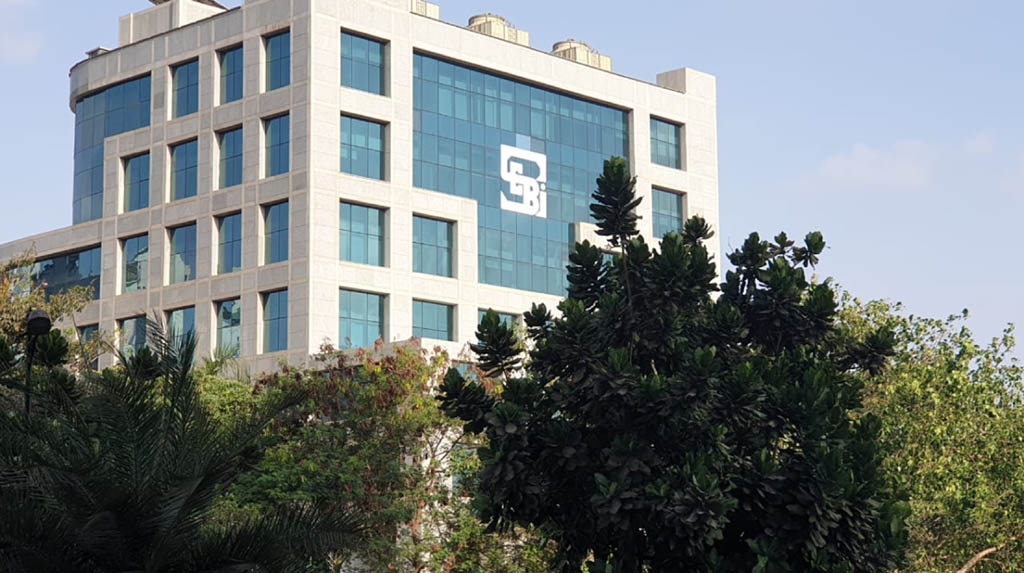Mumbai: Post the settlement mayhem in crude oil futures on the Multi-Commodity Exchange (MCX) in April, the Securities and Exchange Board of India (SEBI) on Monday came up with Alternate Risk Management Framework (ARMF) to handle the scenario of near-zero and negative pricing for any underlying in commodity futures.
In a circular, the market regulator noted that in recent times, extreme volatility has been observed in commodity prices globally, particularly in the case of crude oil, wherein the prices had in an unprecedented manner gone below zero.
In such a scenario, margins equivalent to even 100 per cent of the futures price would not have been sufficient to cover the steep upward or downward price variations in the futures market.
On April 21, in an unprecedented event, WTI crude futures on the NYMEX turned negative and MCX failed to arrive at a settlement price for its contract that closed a day earlier. Crude futures on the MCX generally trade in tandem with futures on the NYMEX.
“In order to enable risk management framework to handle such a scenario of ‘near zero’ and negative prices, SEBI constituted a task force of clearing corporations (CCs) and market participants to review the risk management framework in such cases,” it said.
As per the framework, in case the Clearing Corporation (CC) foresees the possibility of negative or near zero prices in any commodity, then for such commodity derivatives, it shall activate an ARMF. This framework will be capable of estimating the risk in the event of negative or near zero prices of the underlying or futures.
The shift to the ARMF shall be conditional, based on triggers indicating the likelihood of near zero or negative prices.
Further, the framework can be considered in case of internationally referenced contracts, the international exchange or clearing corporation having the benchmark contract decides to introduce such measures for negative prices.
Among other factors, if the price of the underlying commodity or futures contract comes down to the level equal to or lower than the maximum price movement observed over the MPoR (Margin Period of Risk) in past 12 months, the framework can be considered for imposition.
SEBI said that in case one or more of the conditions or any other additional conditions that may be identified by the clearing corporation becomes applicable, the CC in consultation with their respective stock exchange will conduct a review and take a formal decision on whether there is a need to activate the ARMF or their respective stock exchange will conduct a review and take a formal decision on whether there is a need to activate the ARMF.
In the regular risk management framework, prices are assumed to be log normally distributed and volatility is calculated based on the difference in log prices. This assumption is valid only for positive prices, as the logarithm of zero or negative prices is not defined.
In a scenario wherein the ARMF gets triggered, the prices shall be assumed to follow normal distribution. Therefore, in such scenario, volatility shall be based on the absolute differences in prices. This volatility shall be determined based on EWMA (Exponentially Weighted Moving Average) as per the parameters of the regular framework.
Further, in the regular framework, a floor value for initial margin is prescribed in percentage terms. In case the prices turn negative, floor value in percentage terms shall be applied on the absolute value of price levels.
Floor value shall also be prescribed in absolute rupee terms. The higher of the two values shall be the applicable floor for the initial margin. The CC shall determine and notify such floor value based on past price movements and past margin amounts observed in respect of such commodities.




